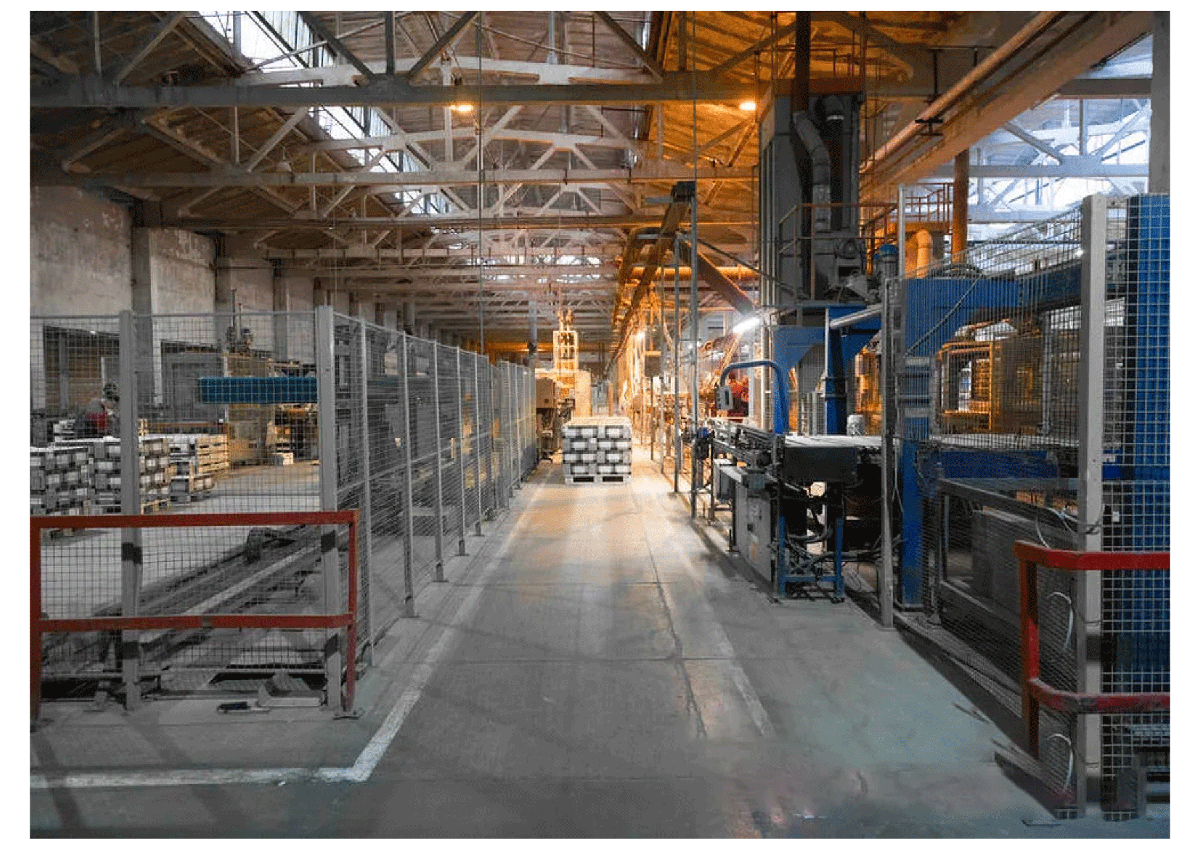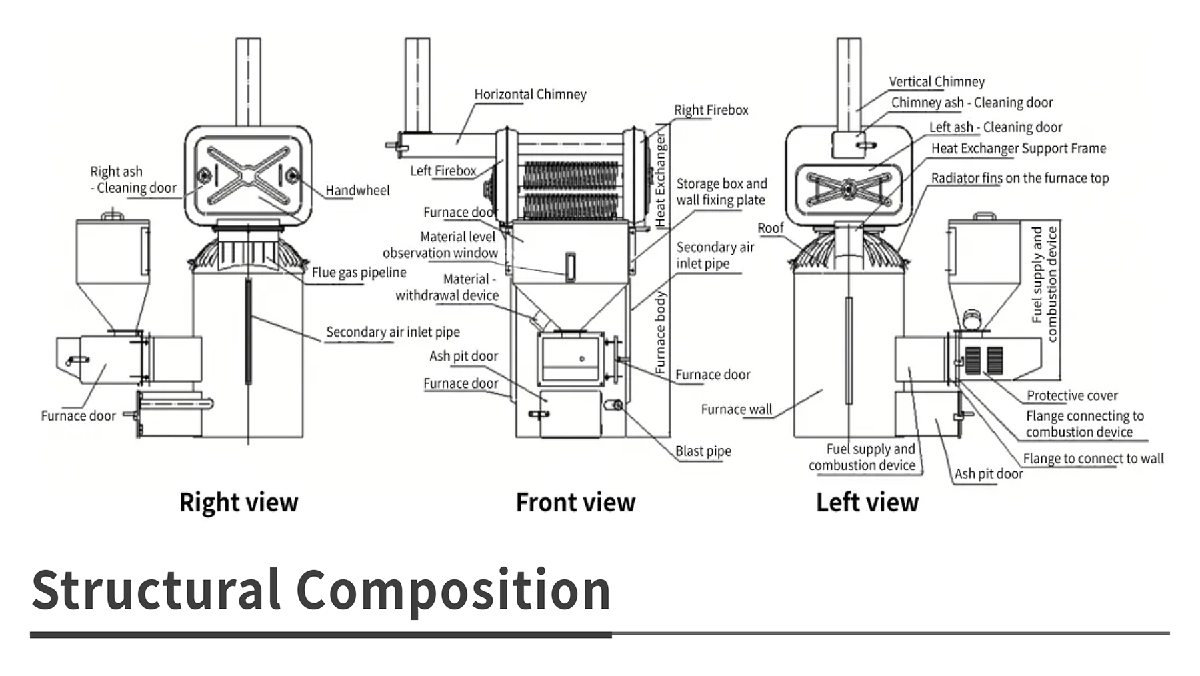
A ceramic kiln is a firing device for producing ceramic products. The roller kiln's rapid cooling fan and dehumidification fan are mostly centrifugal types. In traditional kilns, temperature control is achieved by adjusting the air valve or the baffle opening in the air duct to control the airflow. However, this method results in significant energy waste, and the product quality is affected by the skill level of the workers. Since the fan's mechanical characteristics follow a square torque characteristic (airflow is proportional to the speed, and power is proportional to the cube of the speed), using an inverter to control the fan, with temperature sensors detecting and using PID control to adjust the fan speed for airflow regulation, can significantly save energy and also improve product quality and work efficiency.

Ceramic kilns rely on fuel combustion or electrical energy to heat the materials. Due to the different firing curves of raw materials and finished products, the fan system needs to:
Precise temperature control: Use advanced sensors and control systems to monitor and accurately adjust kiln temperature in real time to reduce fluctuations and improve yield.
High degree of automation: integrated automation program, preset parameters, automatic adjustment of fan parameters, optimization of thermal environment, reduction of labor and improvement of efficiency.
Wide speed regulation and fast response: It adopts variable frequency speed regulation to adapt to different firing curves, flexibly regulates speed, and responds quickly to ensure a stable thermal environment of the kiln.
The core of ceramic kiln fan technology lies in precise temperature control, high automation and flexible speed regulation to achieve efficient and high-quality production of ceramic products.

Ceramic kiln fan is mainly composed of impeller, casing, motor and transmission device:
Impeller: The core component of the fan, which plays the role of boosting and suction, consists of blades, wheels, bearings, etc. The blades are mostly backward or forward inclined, adopting a multi-wing single-machine centrifugal design, and are mostly made of cold-rolled steel or galvanized. After correction, they run smoothly and have excellent performance.
Casing: protects and acts on the impeller. Common shapes include rectangular, annular, and volute. The interior contains inlet, outlet, and guide vanes, which work together to guide the airflow, increase pressure, and reduce noise. The volute design can collect gas, convert dynamic pressure into static pressure, and guide the gas to the outlet.
Motor: The power source of the fan, there are two types: AC and DC. The power affects the fan speed and flow rate, and needs to be selected according to demand.
Transmission device: It is composed of a reducer, coupling, rotating support, etc. It is responsible for reducing speed and transferring the torque and moment of the fan, improving stability, reducing noise and improving efficiency.


To achieve full automatic temperature control of the kiln fan system, the FR500A universal inverter can be used: temperature sensors collect the kiln temperature in real-time and feedback the data to the inverter through the analog channel. The inverter compares the actual temperature with the set value, and the built-in PID controller automatically adjusts the output frequency to change the fan speed, precisely regulating the airflow to ensure the accuracy and responsiveness of the kiln system's temperature control.


The operational data after the variable frequency retrofit of the kiln fan system shows significant results, mainly reflected in the following aspects:
①The retrofit achieves high-precision temperature control, flexible airflow adjustment, rapid response, and high automation, effectively improving product quality and production efficiency while reducing the defect rate;
②The energy-saving effect is notable, with a 40% reduction in electricity consumption, resulting in significant overall benefits.
③The retrofit enables smooth and soft startup of the fan, reducing mechanical and electrical shocks, thereby extending the equipment's lifespan.
④The system protection functions are comprehensive, ensuring reliable operation, low failure rate, and significantly reducing the maintenance burden.

FR500A general-purpose inverter is used in the fan control system of ceramic kilns. It has high-precision temperature control, fast response and wide-range air volume adjustment capabilities, effectively improving product quality and production efficiency, significantly saving energy and reducing maintenance workload. It has been successfully applied to multiple kiln fan systems.







